-
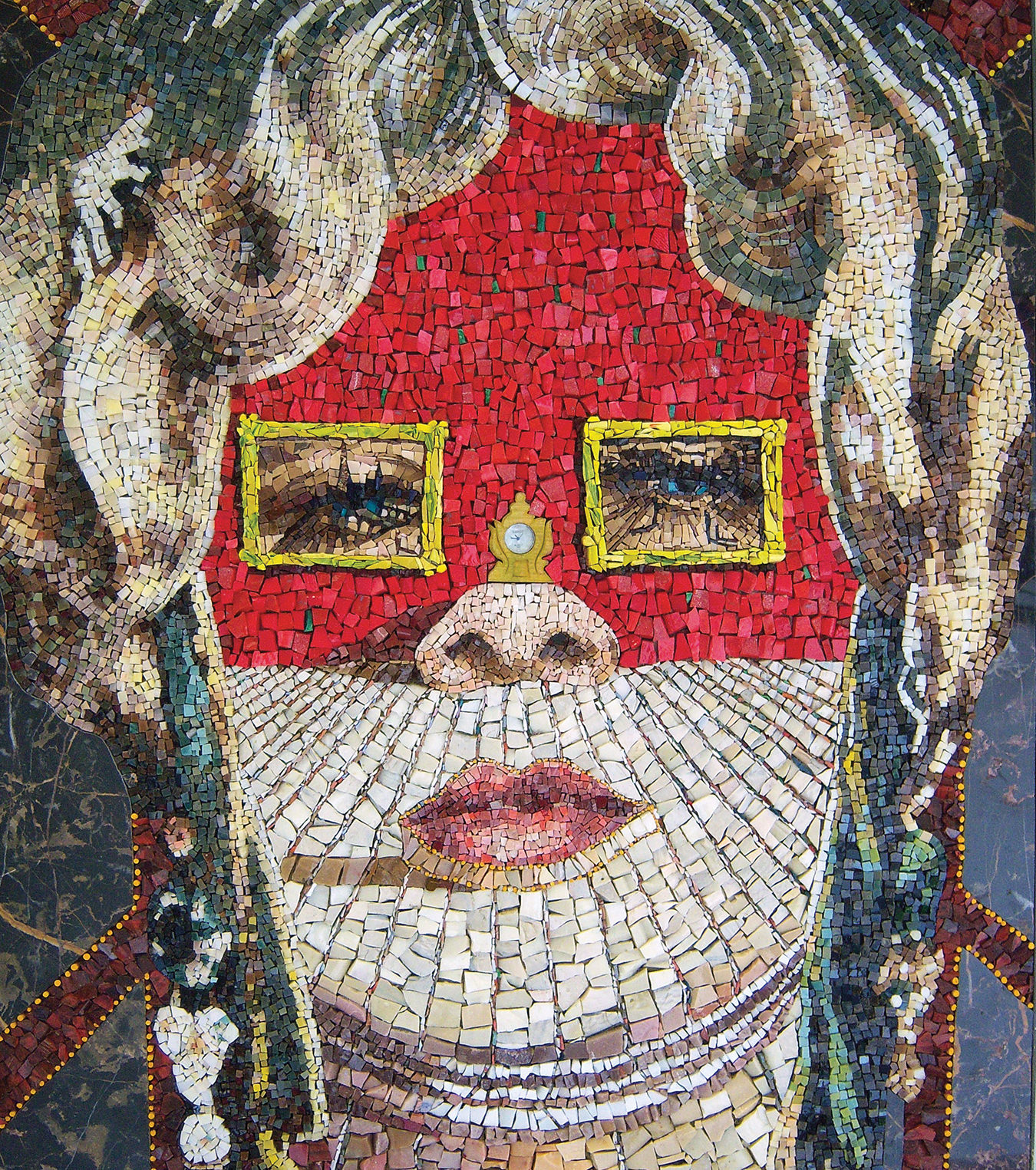
Igor Marziali’s rendition of The Face of Mae West, 1935, by Salvador Dalí.
-
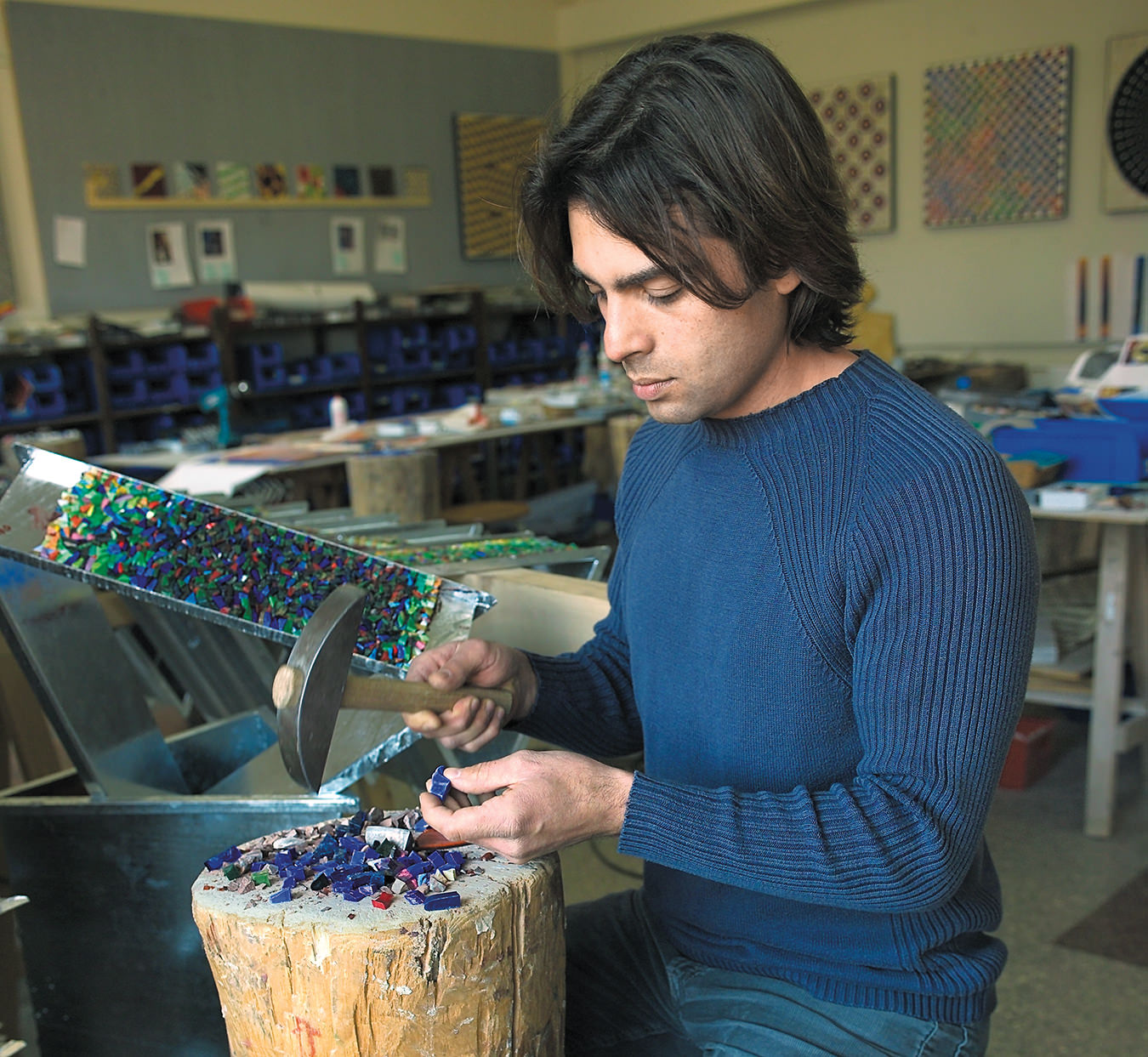
Igor Marziali leads Ciot Canada’s creative artistic movement as mosaic maestro.
-
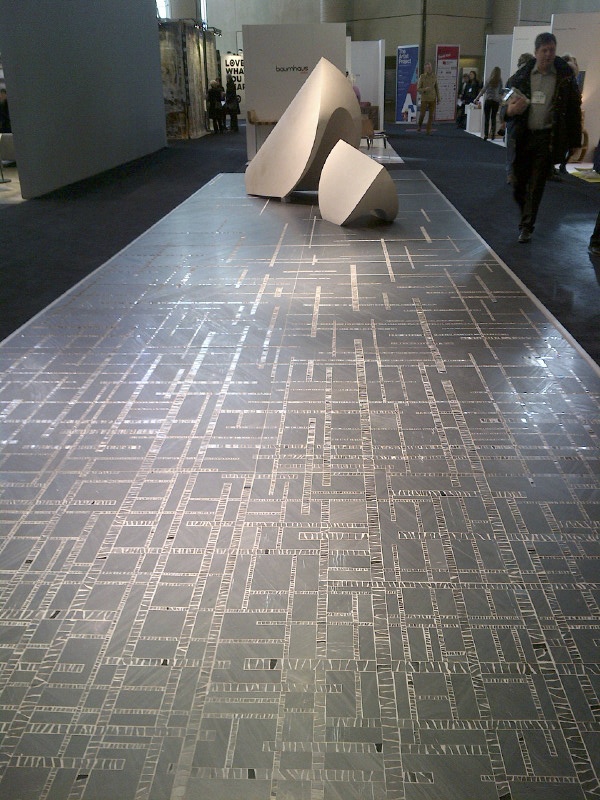
Ciot exhibition booth at the Interior Design Show Toronto, 2013, tiled by Igor Marziali (original design by Burdifilex).
-

Igor Marziali’s rendition of Paesaggio Umbro “Umbrian landscape”, 1929, by Gerardo Dottori.
-

Tronchi by Igor Marziali.
-
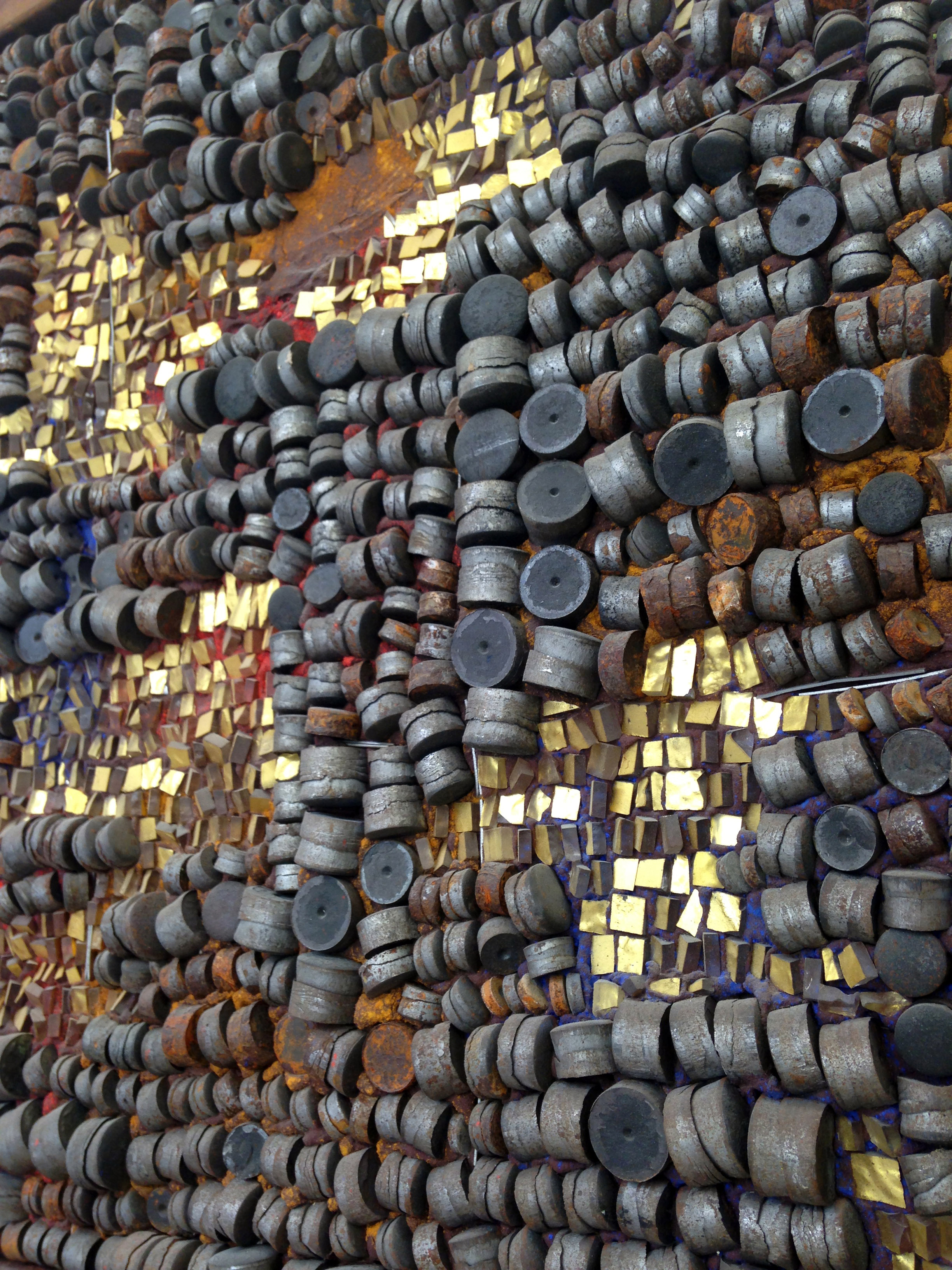
Ferro e Ruggine by Igor Marziali.
-
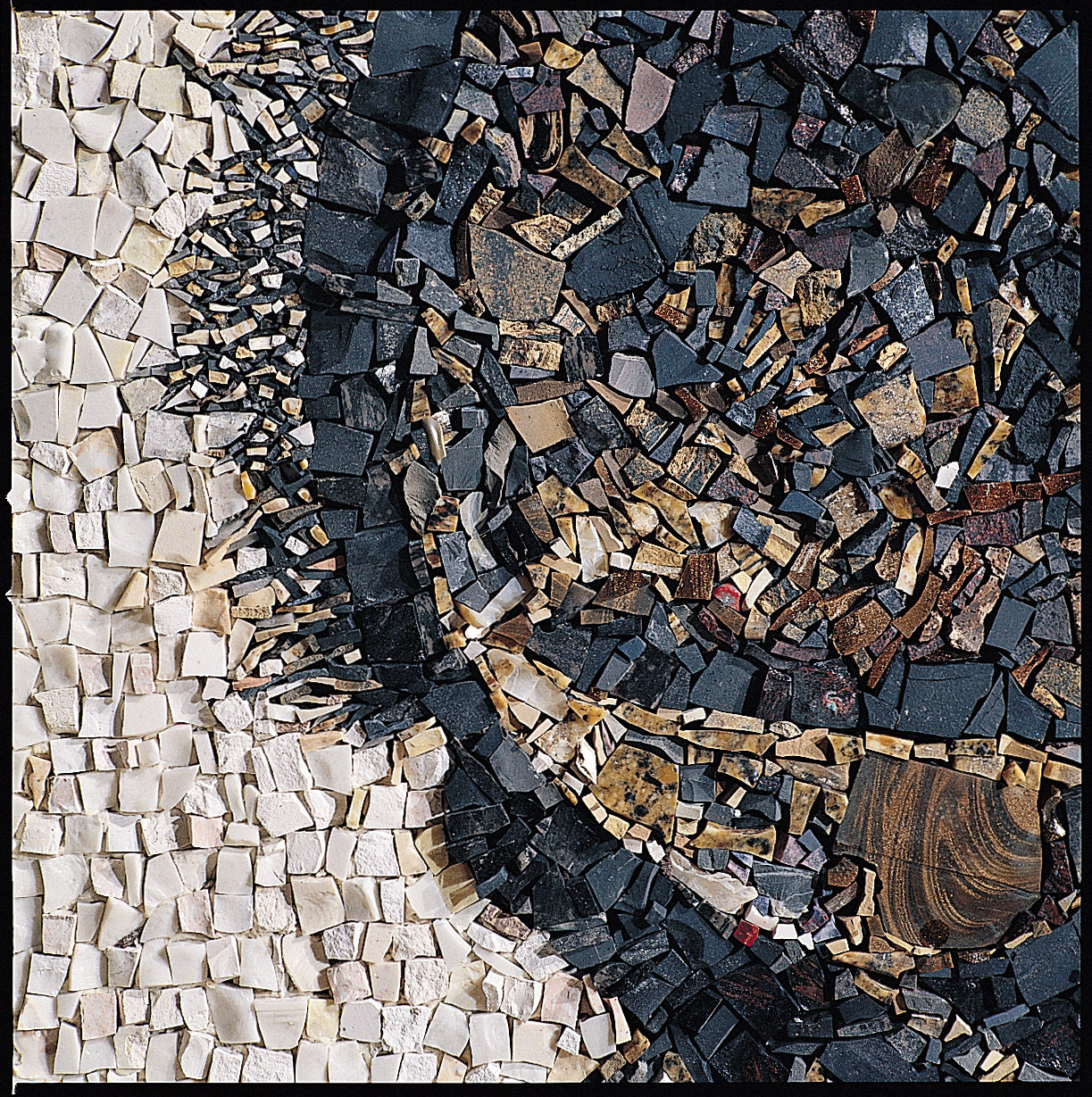
Igor Marziali’s rendition of Girasoli, 1935, by Giuseppe Zigaina.
-
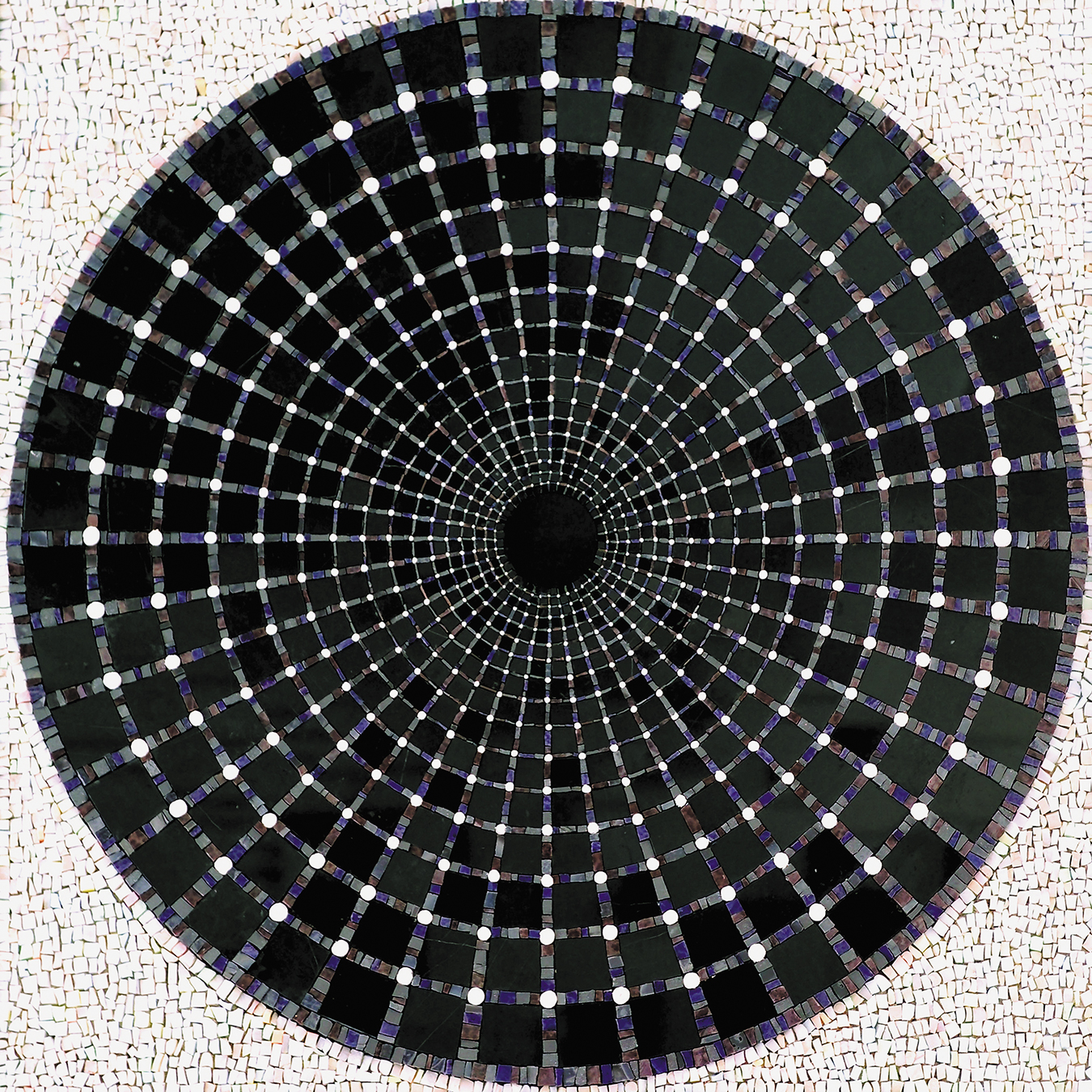
Optical by Igor Marziali.
-
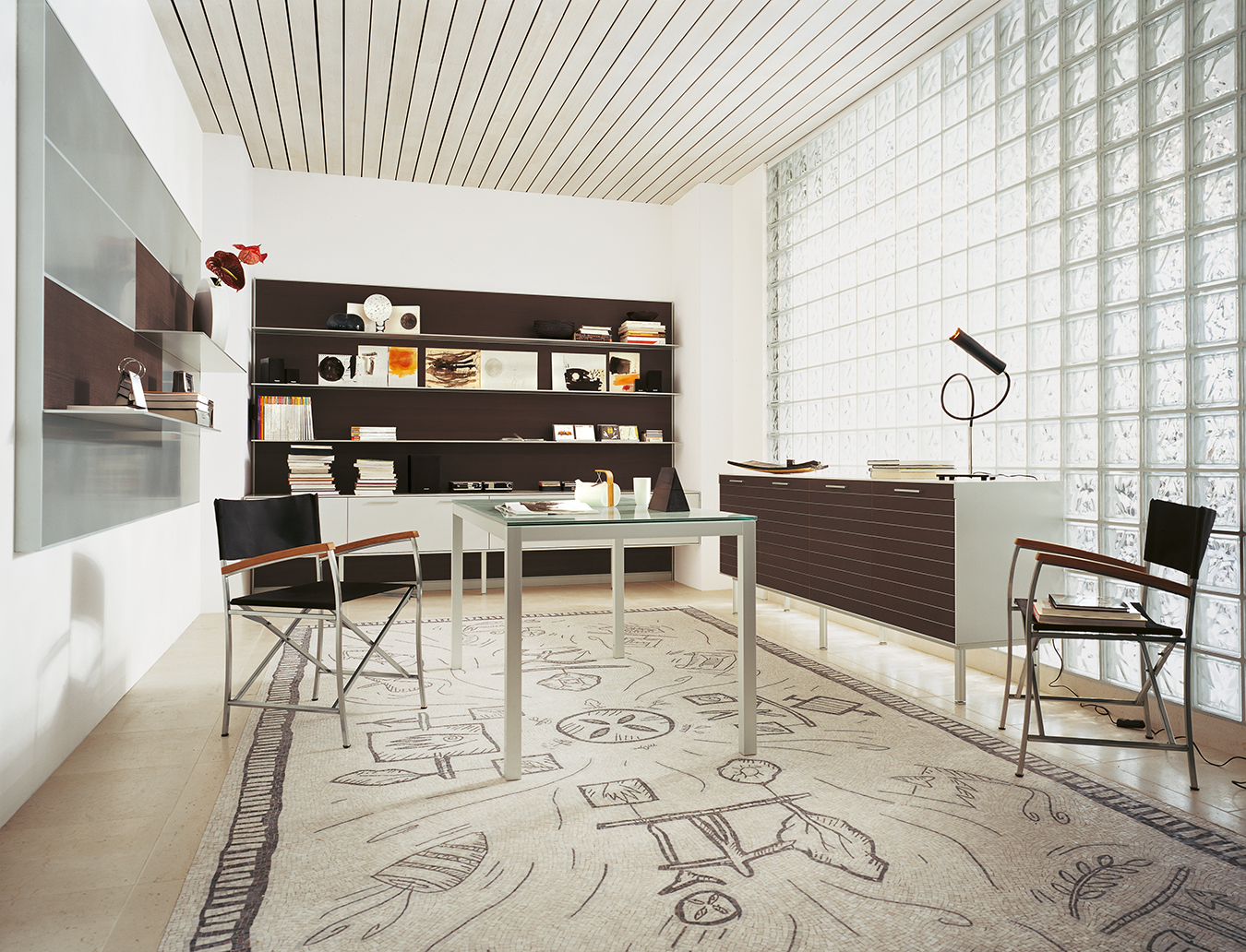
Artematica by Igor Marziali (original design by Valcucine design).
-
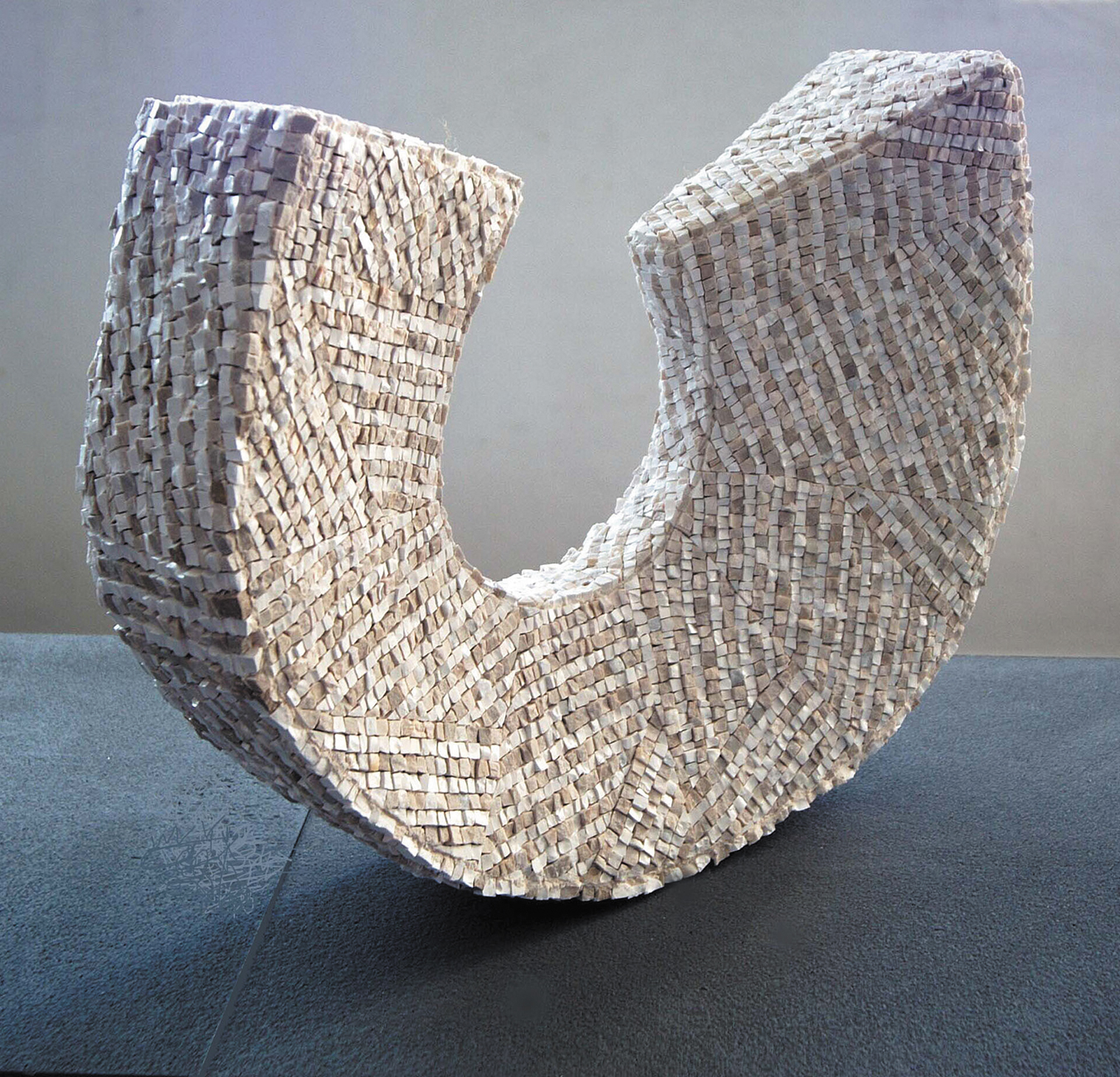
Igor Marziali’s rendition of Forma Plastica, 2003, by Giulio Candussio
-

Igor Marziali’s rendition of Apparition of a Face and Fruit Dish on a Beach, 1938, by Salvador Dalí.
-
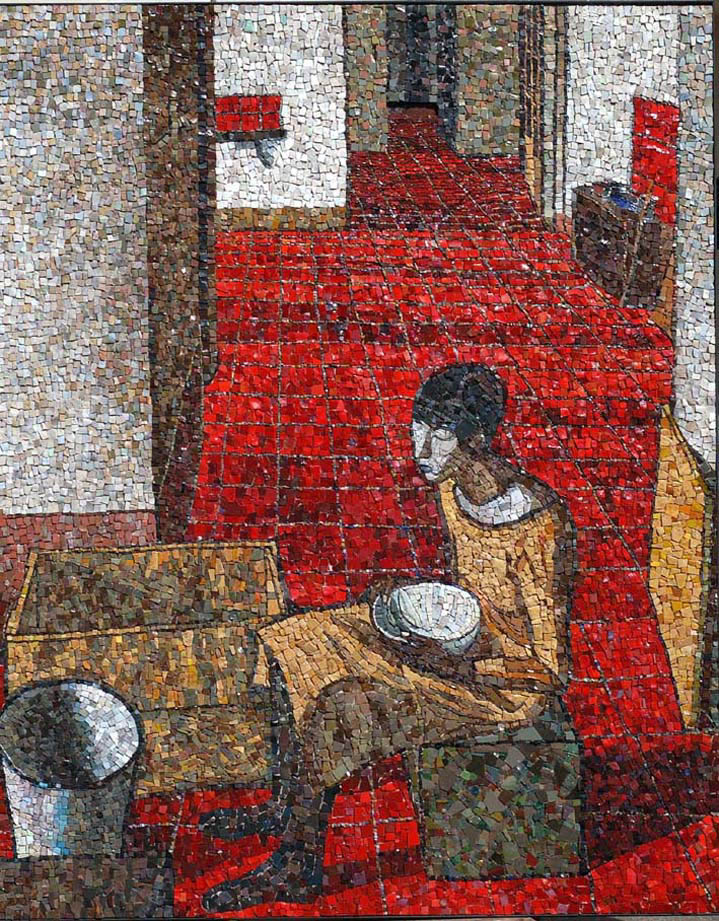
Igor Marziali’s rendition of Ragazza con Scodella, 1883, by Felice Casorati Novara.
-
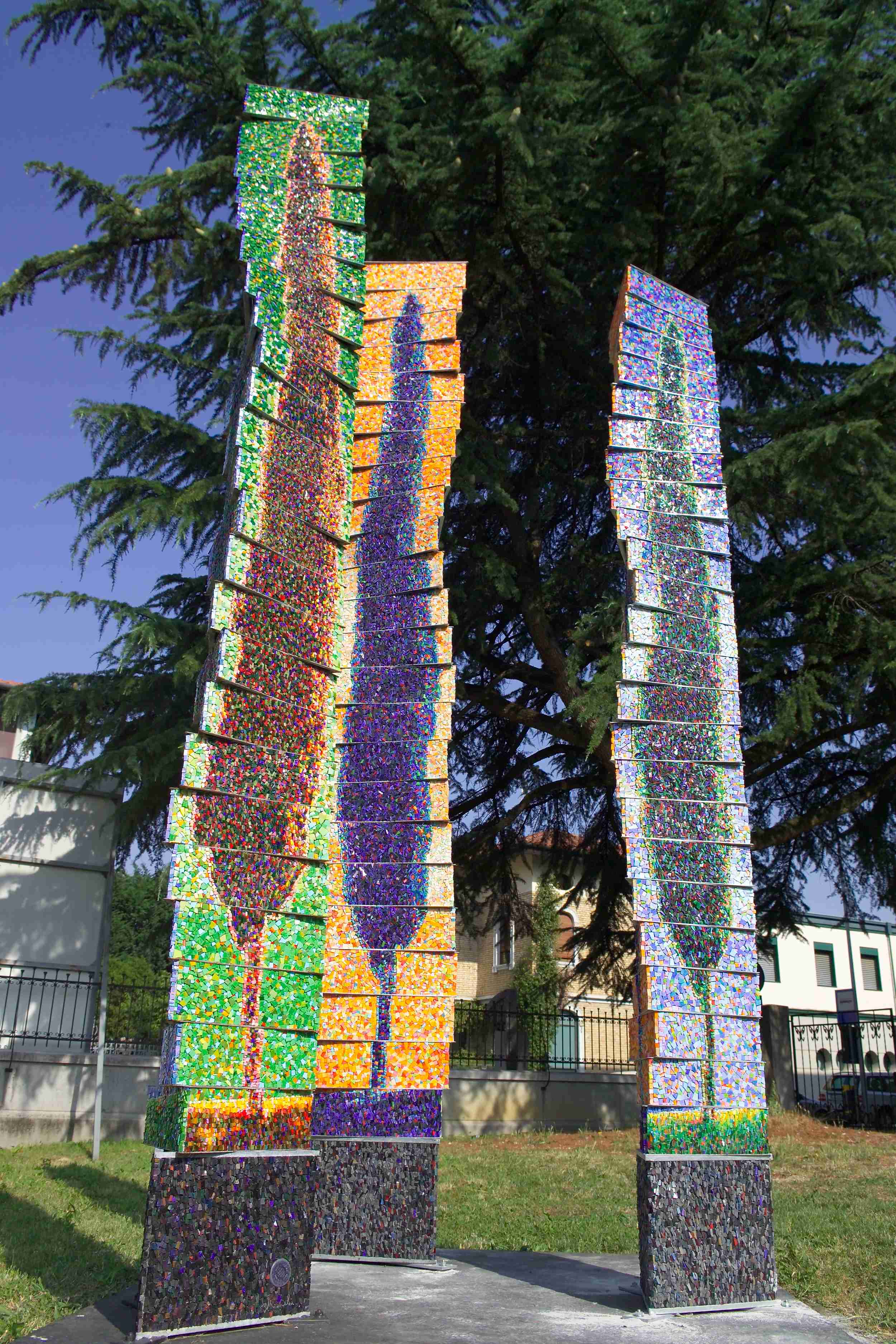
Cipresso di Nonna Amelia by Igor Marziali.
-

Ears of Corn by Andrew DiRosa of Giannone Petricone Associates, tiled by Igor Marziali for Ciot at Terroni’s Sud Forno bakery in Toronto.
Igor Marziali
Mosaic maestro.
Most people know painter Amedeo Modigliani’s famous portraits of sad, eerily empty-eyed women with elongated faces. But have you ever seen them reinterpreted as mosaics?
Artist Igor Marziali has created a reclining Modigliani nude composed of colourful tiles—where the original painting shows subtly flushed cheeks, Marziali’s work is textural and bright thanks to a pastiche of smalti tiles. These iridescent bits are handmade by Venetian glass masters following a direct application technique that dates back to the 1800s. Marziali applies them as lovingly.
The 39-year-old artist—who really looks the part, with lanky hair and a mysterious grin—was at the Interior Design Show in Toronto earlier this year to showcase his talent at a booth (which was more of an installation, really) for Ciot, the Italian ceramic and natural stone outfit known for its beautiful marble and granite.
“I come from a family of artists and painters,” says Marziali, who was trained at the notable Scuola Mosaicisti del Friuli in Italy—and from the look of his well-used hands, he wasn’t loafing during class. “Growing up in Italy, we studied music and art. My dad restored paintings, my mother was an art teacher.”
The family genes were in full swing at the design show. Marziali’s work at the Ciot camp resembled a small bowling alley consisting of a grid of black floor tiles, outlined by black, grey, and white mosaic inserts. This was punctuated by white sculptures that popped against the floor, likely leaving visitors second-guessing their decision to go all-hardwood at home.
Ciot, which was started in 1950, has earned a reputation as a designer favourite. Most of the company’s tiles come from Italy; due to the regional differences found in stones, some product is sourced globally, from Brazil for granite to Pakistan for onyx.
There will now be more options Ciot makes available with Marziali on board, as his mosaic mastery is being offered through the company for on- and off-site installations, depending on the scope of the work. After he encountered the company at a trade show in Italy in the fall of 2011, “the partnership with Ciot came about quickly. There was mutual trust from the beginning because I immediately liked them as people,” says the artist, who, for 16 years, taught as a professor of mosaic and terrazzo at his alma mater. He then relocated with his wife and two children to Montreal to join the Ciot group, where he now leads the creative artistic mosaic department.
“Mosaic is a painting in stone,” says Marziali. “It can be applied anywhere—on a tabletop, a counter, a backsplash, around a column, or along walls,” such as the installation, called Saetta Iridescente, he did at New York’s World Trade Center site with a design by the Scuola Mosaicisti del Friuli. Composed of fragments of Venetian glass on a zigzag metal base that runs along a wall, the structure—36 metres long by six metres high—commands attention.
“I can capture certain colours using natural materials like stone or synthetics like glass. Mosaics can be in private or public spaces—it has more of an artistic appeal, as opposed to an industrial look. And I can re-create them from a photo or my own sketches,” he says. “I’m an artist who reacts to a client’s wishes.”
His designs can be classic, like the Modigliani piece, or abstract and contemporary. One installation he did for a private homeowner resembled a colourful quilt. It was particularly eye-catching, if unusual, because of the space: a white rustic-meets-modern living room with hardwood floors and beamed wood ceilings. Marziali’s splashy wall is suspended from the ceiling next to a minimalist white lacquered table and Pantone chairs. The contrast is cheeky and striking.
The fact that mosaics are inherently imperfect, made as they are of an assemblage of different-sized tiles, suits Marziali just fine. “Because everything is absolutely made by hand, each mosaic is unique,” he says. “In the end, you can tell the trace of the hand.”
This intricate art form was once actually just an afterthought. “It started out as a utilitarian process to make floors,” says Marziali. “Then the art form slowly progressed to become a decorative feature for a wall or a portrait. It has become a way of transmitting stories.”
Igor Marziali portrait provided by Scuola Mosaicisti del Friuli.




